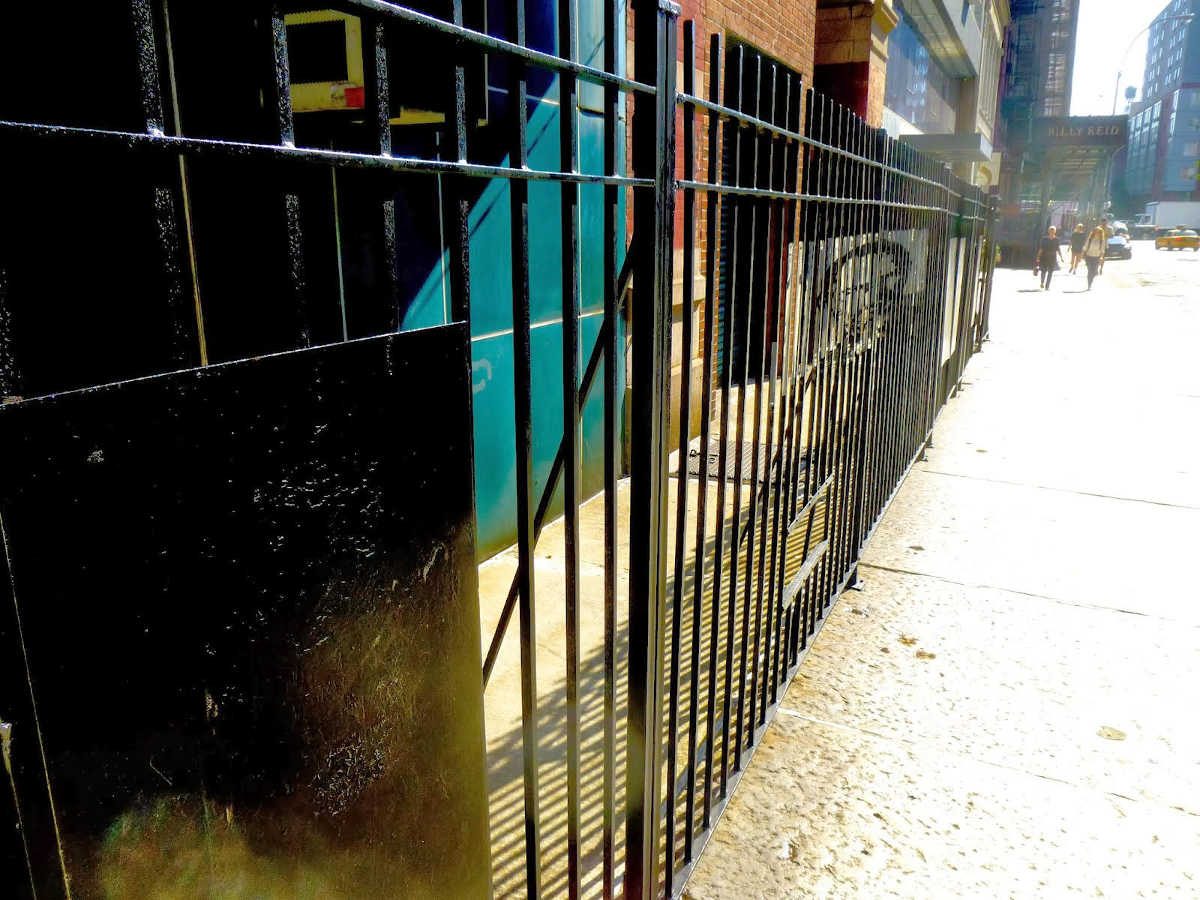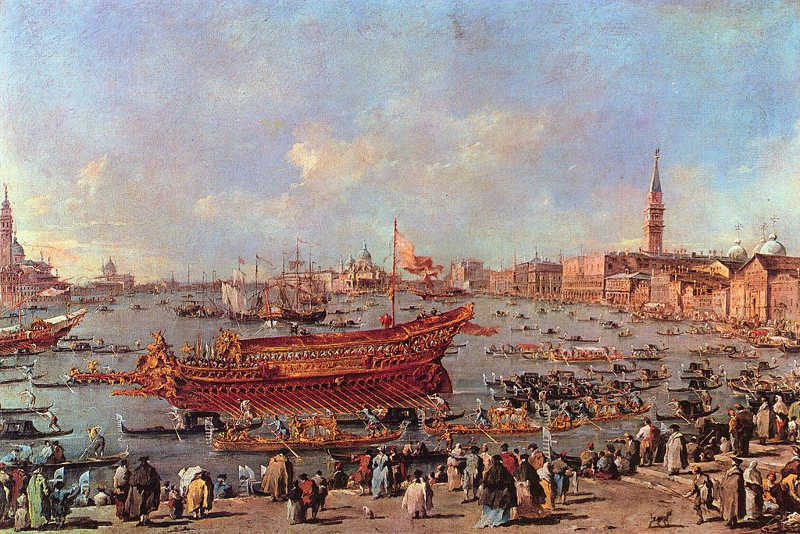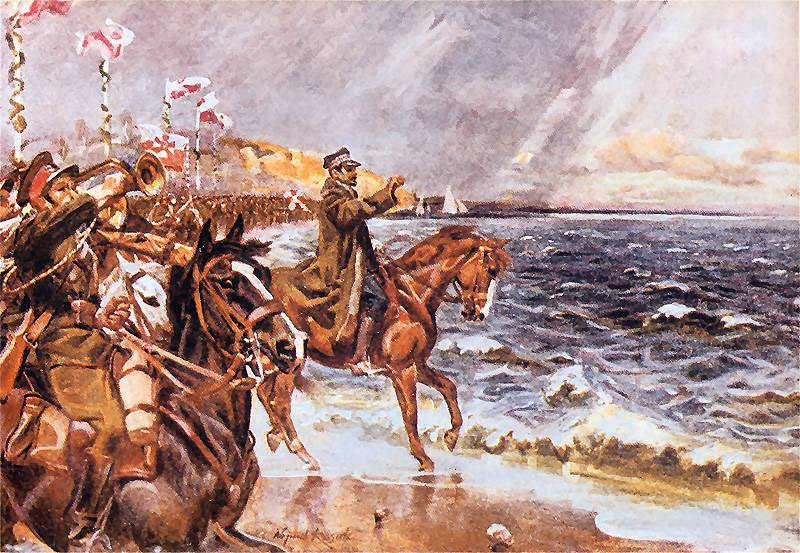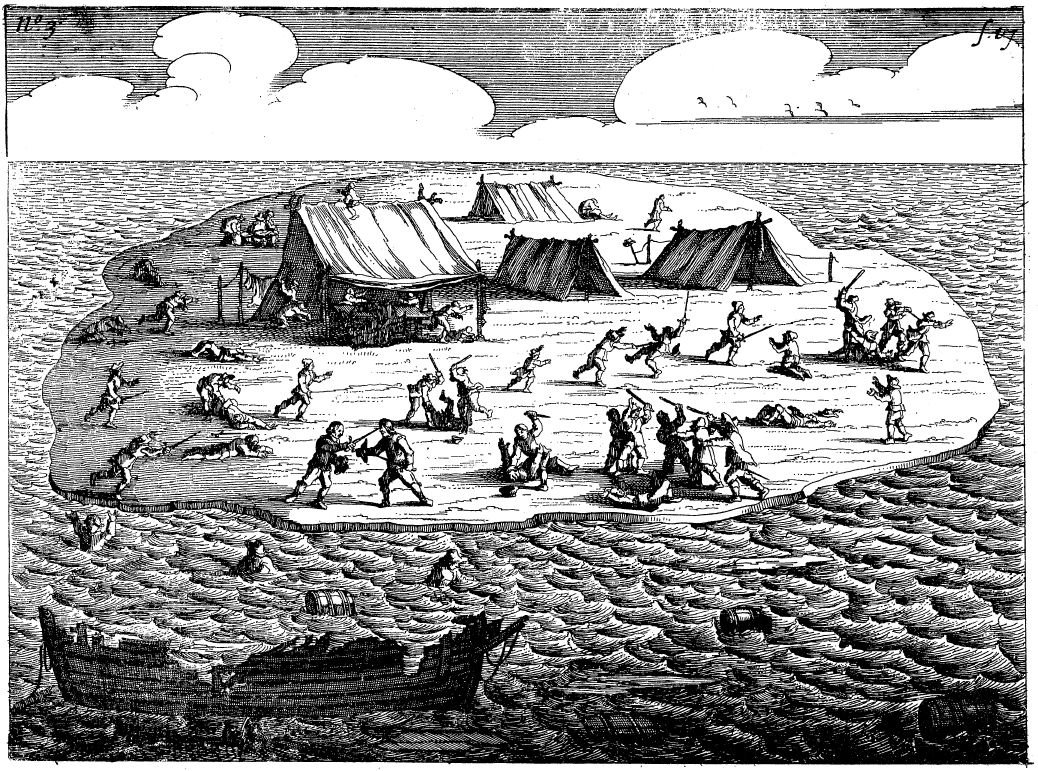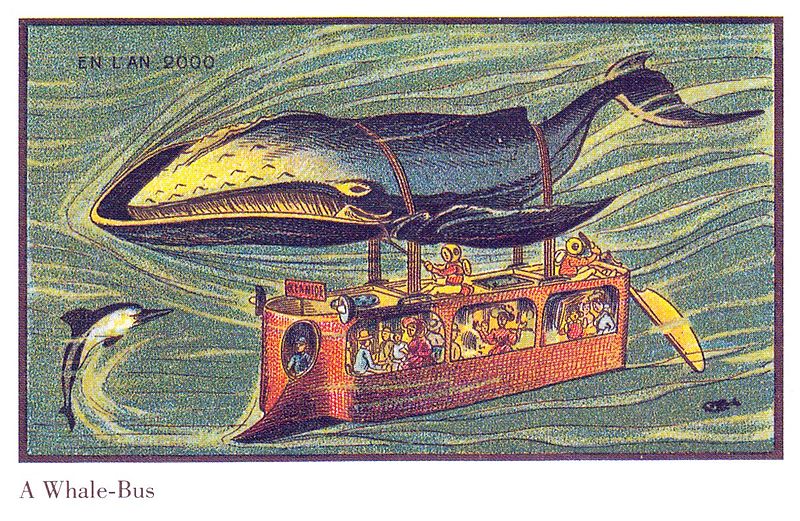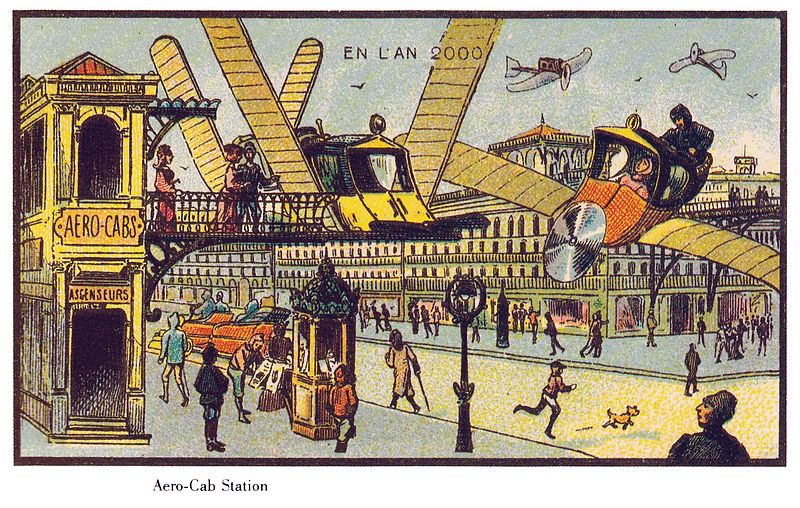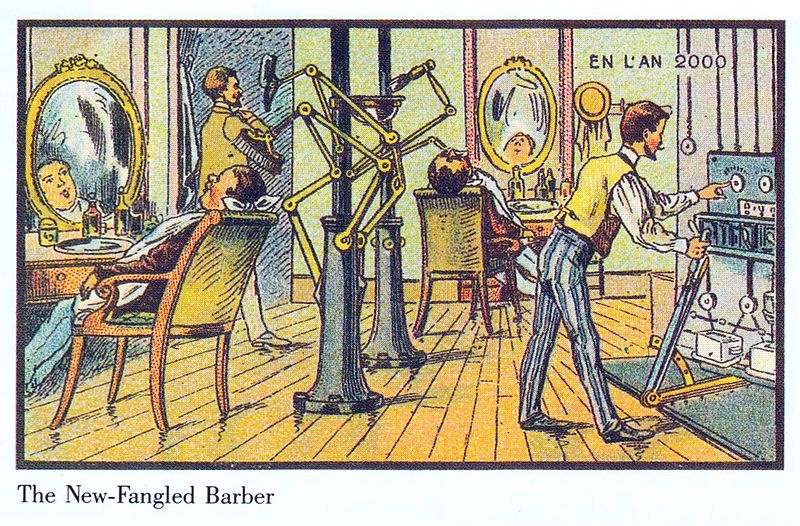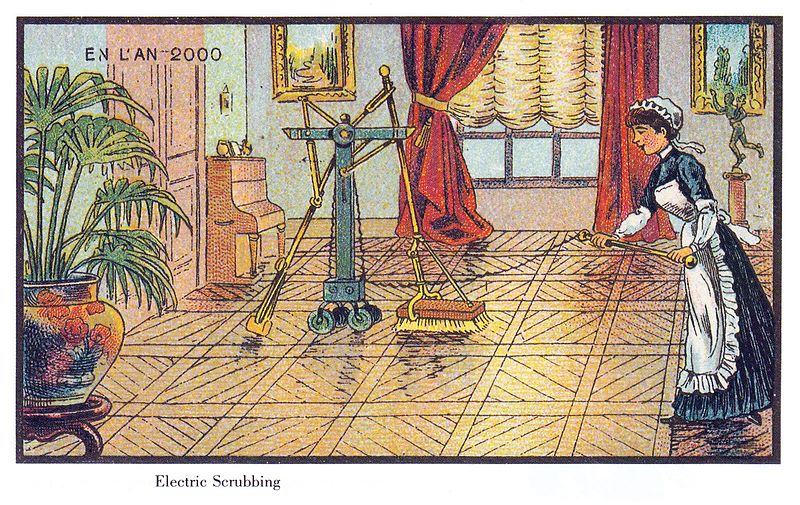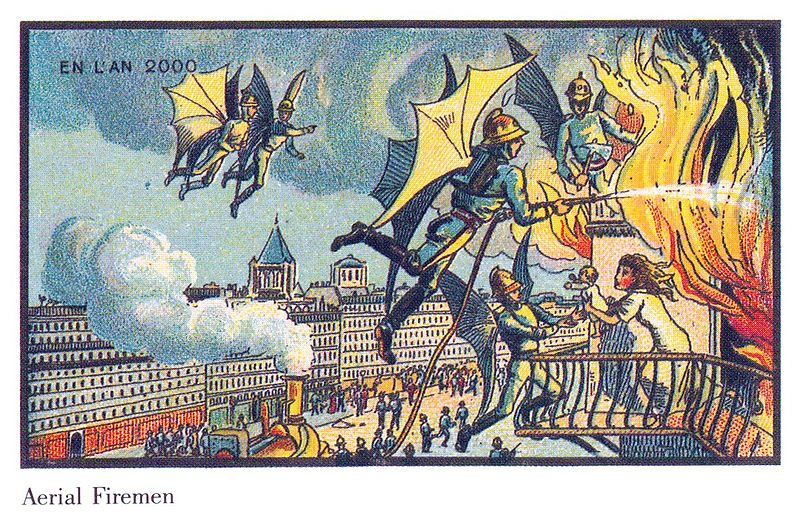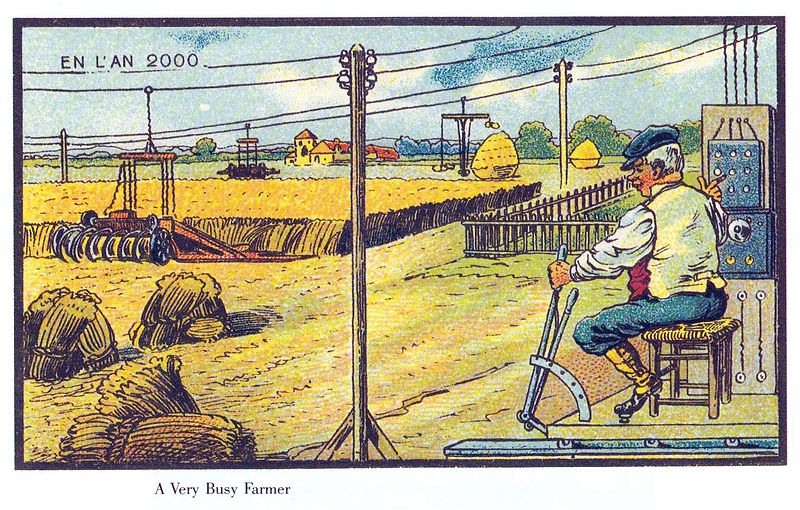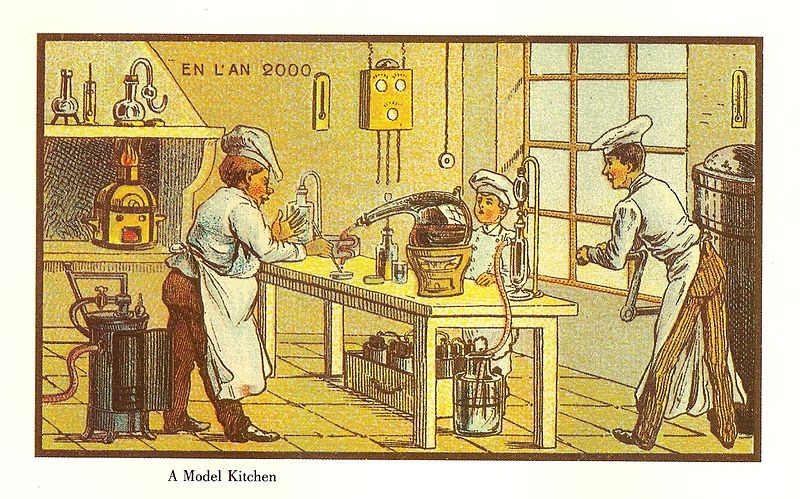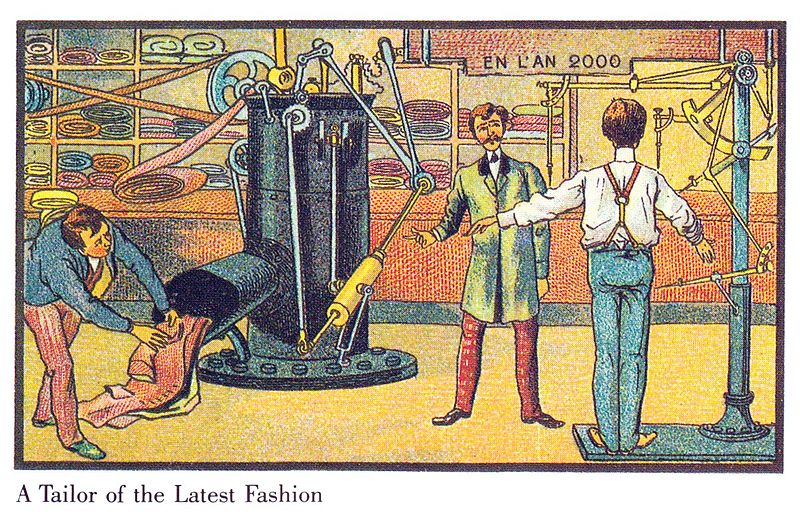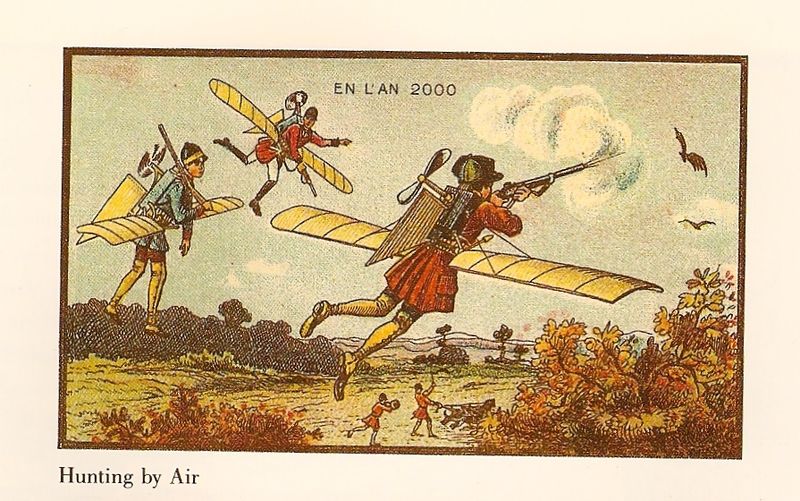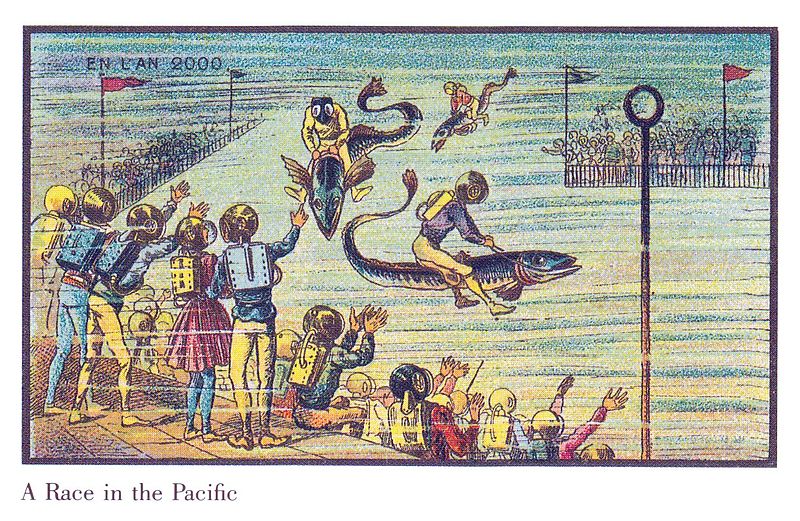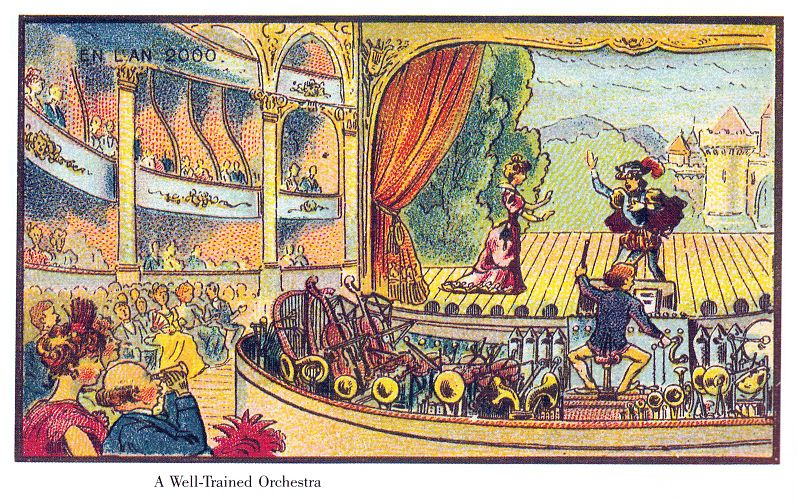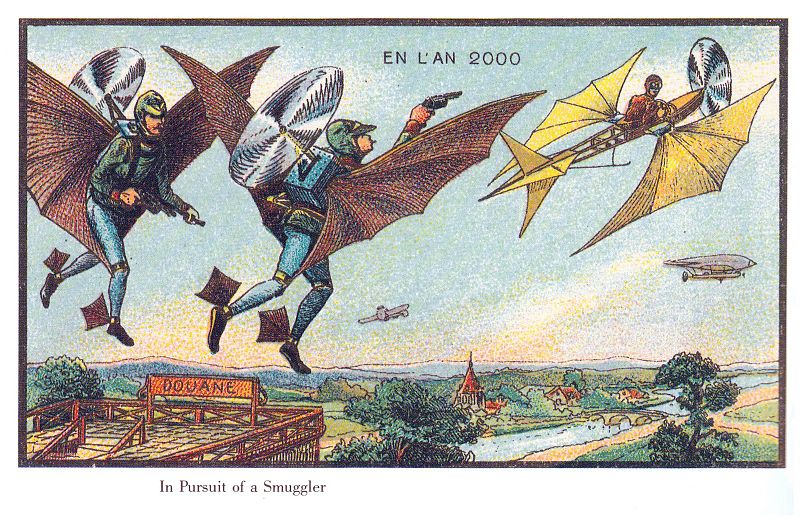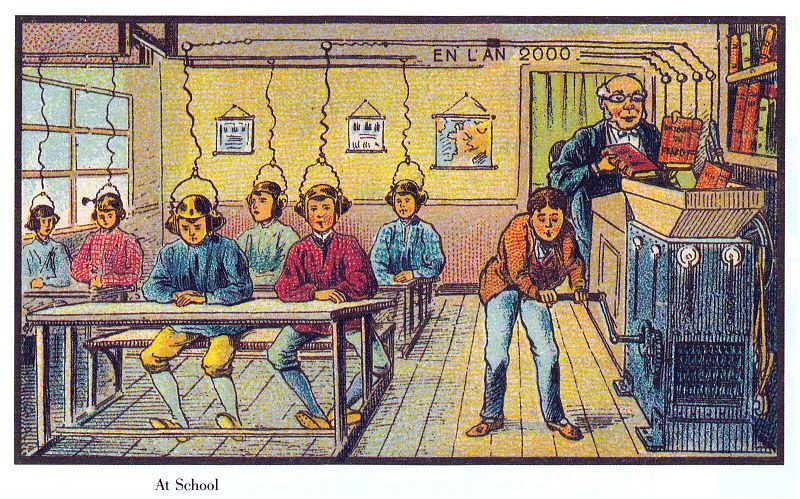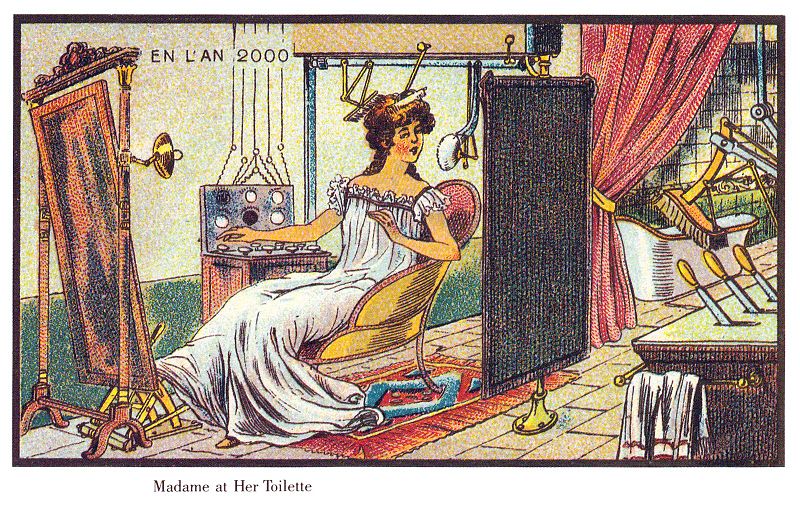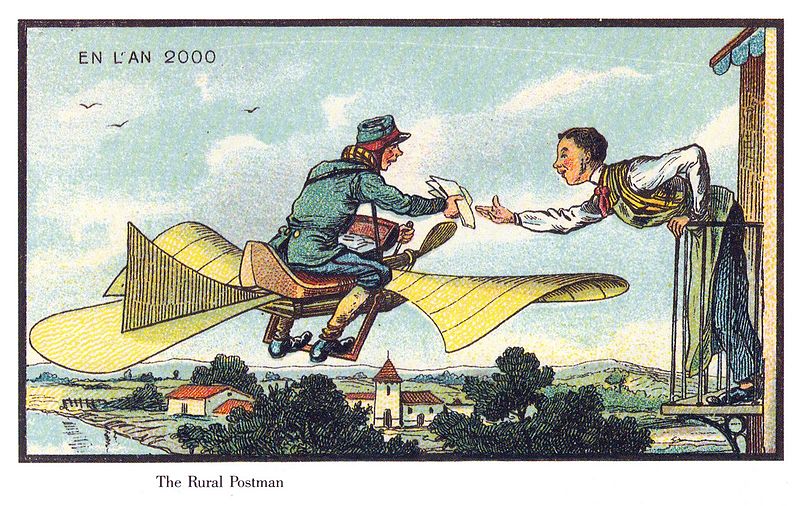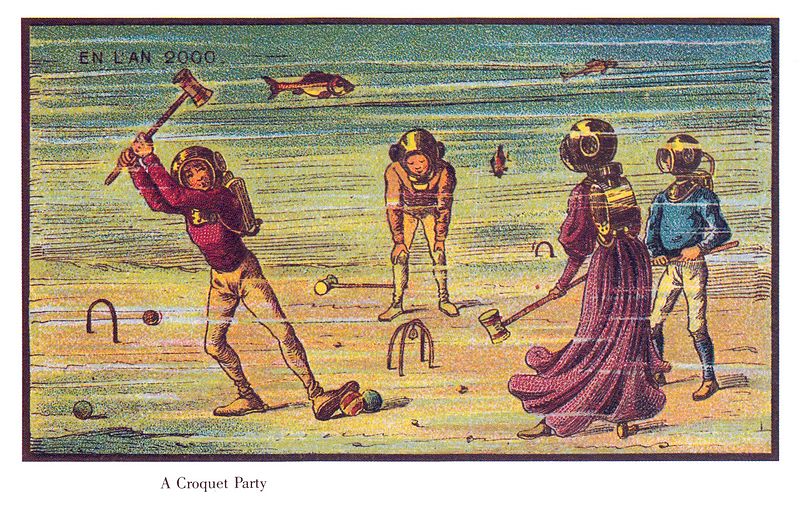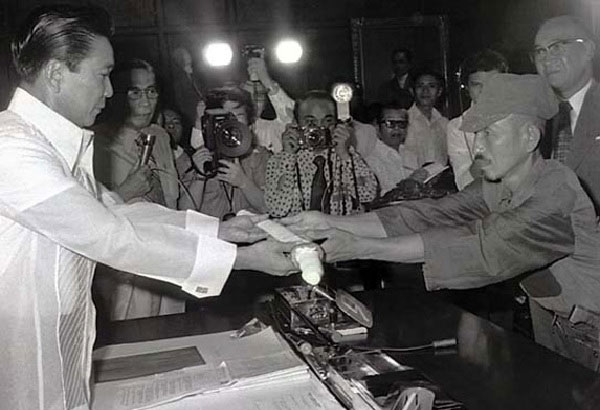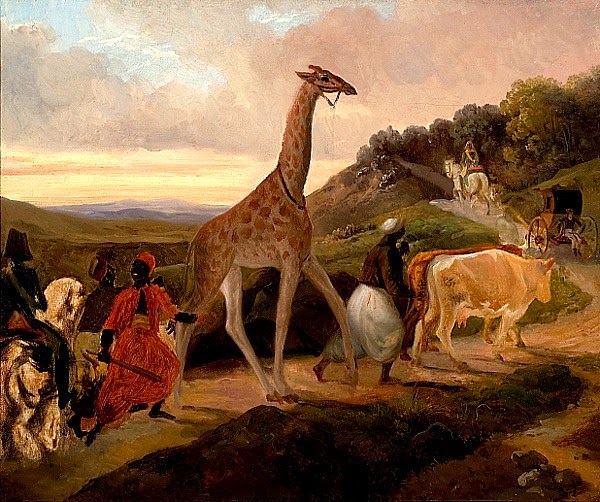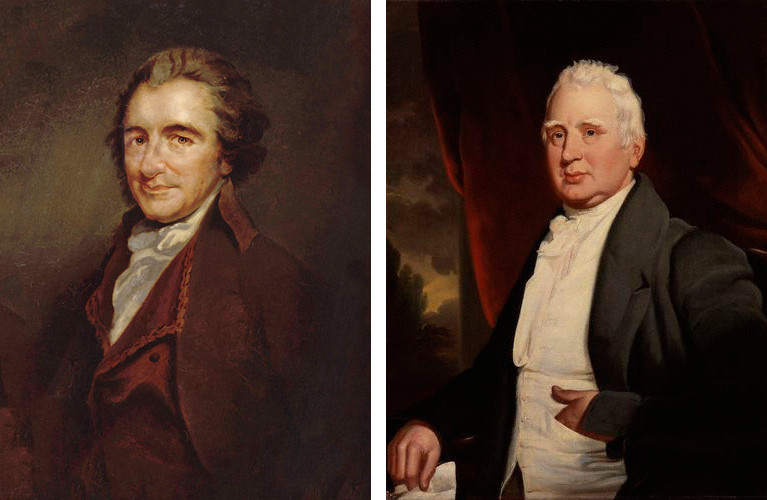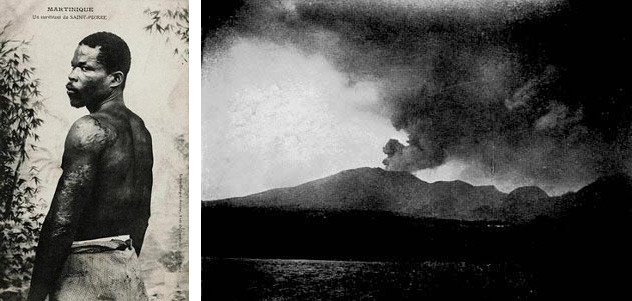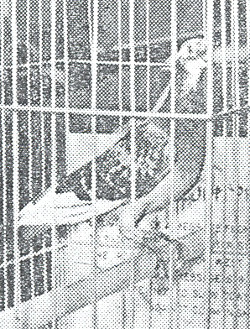At the site where apartheid police officers arrested Nelson Mandela in 1962, sculptor Marco Cianfanelli has erected 50 laser-cut steel columns. They range in height from 21 to 31 feet and appear randomly placed, but the approach to the site leads visitors down a path at the correct angle, and at a distance of 115 feet their meaning becomes clear.
“The fifty columns represent the fifty years since his capture, but they also suggest the idea of many making the whole, of solidarity,” Cianfanelli said in a statement at the sculpture’s dedication in 2012. “It points to an irony as the political act of Mandela’s incarceration cemented his status as an icon of struggle, which helped ferment the groundswell of resistance, solidarity, and uprising, bringing about political change and democracy.”
06/14/2017 UPDATE: I’m told there’s also a scale model of the sculpture at Constitution Hill in Johannesburg, which may be more accessible. (Thanks, Martin.)
06/14/2017 UPDATE: There’s a similar installation on the wall of 105 Rue du Faubourg-Saint-Denis in Paris (below), by artist Jean-Pierre Yvaral, depicting Vincent de Paul, who established a mission here to care for the needy. (Thanks, Nick.)
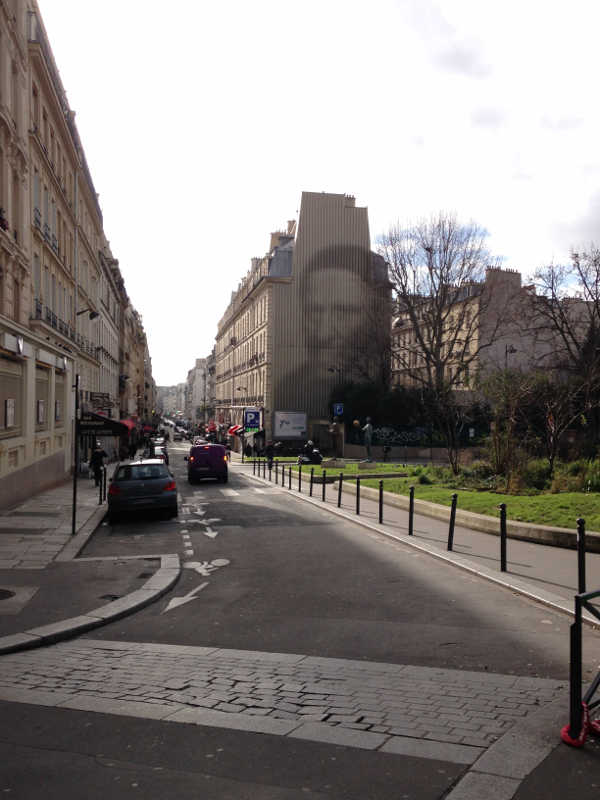
06/19/2017 UPDATE: And Daniël Hoek noted that a portrait of Steve Jobs is hidden in fence pickets in Lower Manhattan, near Silicon Alley:
